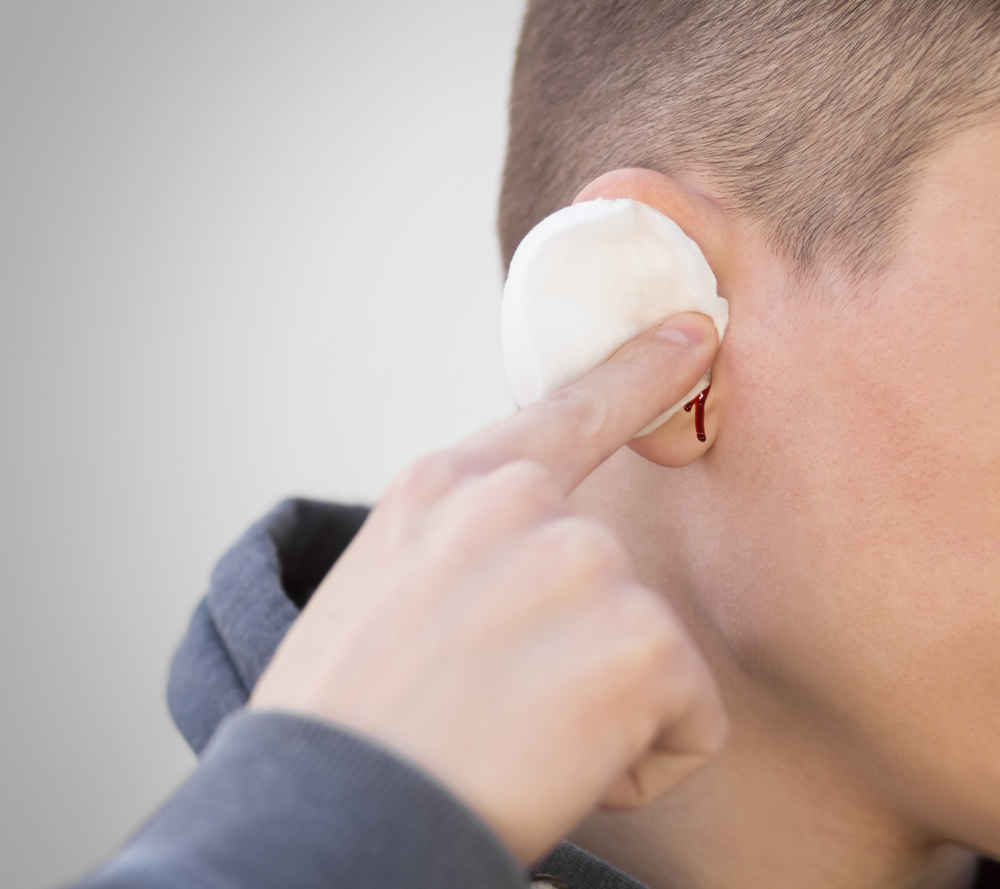Science has discovered a lot about the healing power of light over the past century. Our bodies produce more Vitamin D when exposed to sunlight. Light treatments can be used to treat certain skin conditions. Some are using light to slow the appearance of aging. Light’s even being used to treat mood disorders and depression.
Could light one day be used to treat hearing loss? Let’s take a look at what researchers have found.
The Study
Scientists want to know whether light signals can be used to simulate the way sound waves interact with your inner ear. In other words, can they stimulate the nerve cells in the ears with light instead of sound in such a way that the test subject thinks they’re hearing sound?
If this sounds far-fetched to you, consider the fact that a brain surgeon can make a sedated patient’s arms and legs move by stimulating different parts of the brain. It’s similar science but on a much more advanced level.
Scientists began by training the gerbils to jump over hurdles when they heard a certain sound. Once the gerbils were pros as their hurdle-jumping, they took the next steps.
They surgically implanted light-emitting fibers into their test subjects’ ears with the intent to use light to impact the nerves in the same way a sound wave would.
The results? The gerbils jumped on cue just as they would have when hearing the sound.
Why This Study Is So Exciting
For decades now we’ve been using fiber optic cables to transmit information. The most common daily uses for fiber optics are Cable TV and Internet. Unlike sound waves and conventional radio waves that can get distorted with distance, light can carry audiovisual information very long distances with minimal if any interference.
Fiber optics can even produce the High Definition (HD) results that many of us have come to appreciate in our homes.
This light tells your speakers on a computer to produce a certain sound. You hear crystal clear music or voices because of this intricate information that they were able to store and transmit on beams of light.
Now, imagine we could skip the speakers and that light could communicate directly with the nerves in your ear or even directly with your brain. It sounds like science fiction but that’s where this research could take us.
We’re probably still some decades away from seeing this in use to treat human hearing loss. But it’s going to be interesting seeing how these studies progress.
Hearing Technology: A Fast Advancing Science
This gerbil study is just one example of the way that hearing science is fast advancing. Researchers are constantly exploring new ways to improve hearing in those with hearing loss.
Cochlear Implants
Today, with cochlear implants, they use electricity to stimulate the nerve cells, simulating sounds. This mild electric current then travels to the brain. If the thought of electrifying your brain seems a little scary, know that your brain naturally transmits sound through electrical currents generated by your own body.
But cochlear implants have their drawbacks. Those who’ve had them implanted can’t hear the nuances in music that can make a melody so sweet. Voices may not sound completely normal as the electrical signals can’t transmit the complexity that is a human voice.
In the way that HD transformed how people watch television, transmitting signals via light may transform cochlear implants, creating a more consistent, natural hearing experience.
Hearing Aids
Hearing aids today use digital technology to receive sound from the environment. In a split second, it converts this sound into digital data. It can then enhance that to meet the hearing aid wearer’s unique hearing needs.
If a person has trouble hearing certain frequencies, hearing aids can change those frequencies. It can raise the volume to a level that can be clearly heard. It can filter background or other unwanted noise so that you hear more clearly what you want to hear.
Hearing aids can adapt to various setting to optimize hearing in any environment, on the street, restaurant, phone, living room, concert and more.
Hearing aids today can even connect wirelessly to your TV, smartphone or a sound system to bring the sound straight to your ear.
Light technology may further improve how hearing aids process and transmit sounds to your inner ear and brain for a clearer and more natural hearing experience.
This is just one more way that advanced technologies are helping us hear better every day.



